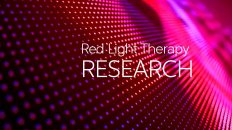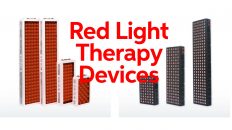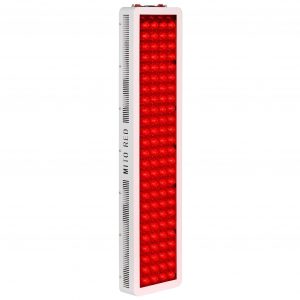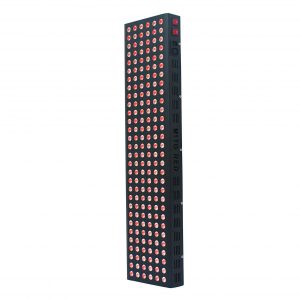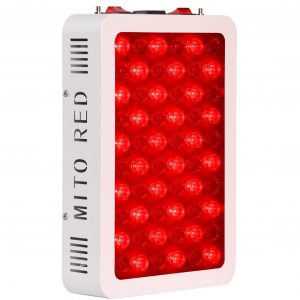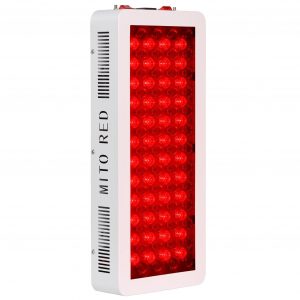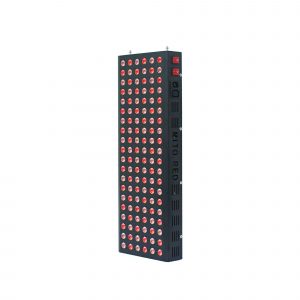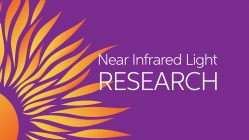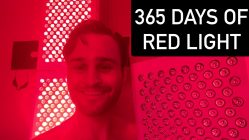Near-infrared (NIR) and red-to-near-infrared (R/NIR) radiation are increasingly applied for therapeutic use. R/NIR-employing therapies aim to stimulate healing, prevent tissue necrosis, increase mitochondrial function, and improve blood flow and tissue oxygenation. The wide range of applications of this radiation raises questions concerning the effects of R/NIR on the immune system.
Methods: In this review, we discuss the potential effects of exposure to R/NIR light on immune cells in the context of physical parameters of light.
Discussion: The effects that R/NIR may induce in immune cells typically involve the production of reactive oxygen species (ROS), nitrogen oxide (NO), or interleukins. Production of ROS after exposure to R/NIR can either be inhibited or to some extent increased, which suggests that detailed conditions of experiments, such as the spectrum of radiation, irradiance, exposure time, determine the outcome of the treatment.
However, a wide range of immune cell studies have demonstrated that exposure to R/NIR most often has an anti-inflammatory effect. Finally, photobiomodulation molecular mechanism with particular attention to the role of interfacial water structure changes for cell physiology and regulation of the inflammatory process was described.
Conclusions: Optimization of light parameters allows R/NIR to act as an anti-inflammatory agent in a wide range of medical applications.
SOURCE: US National Institute of Health’s National Library of Medicine
https://pubmed.ncbi.nlm.nih.gov/31170016/




